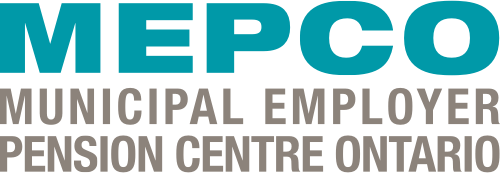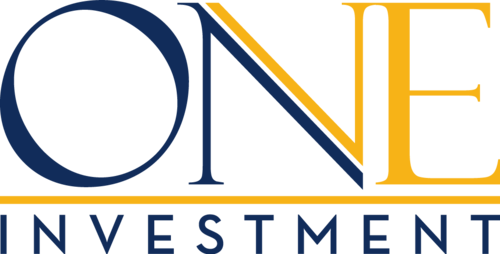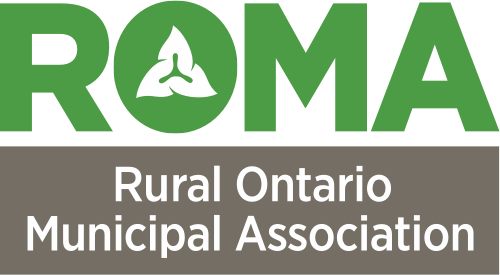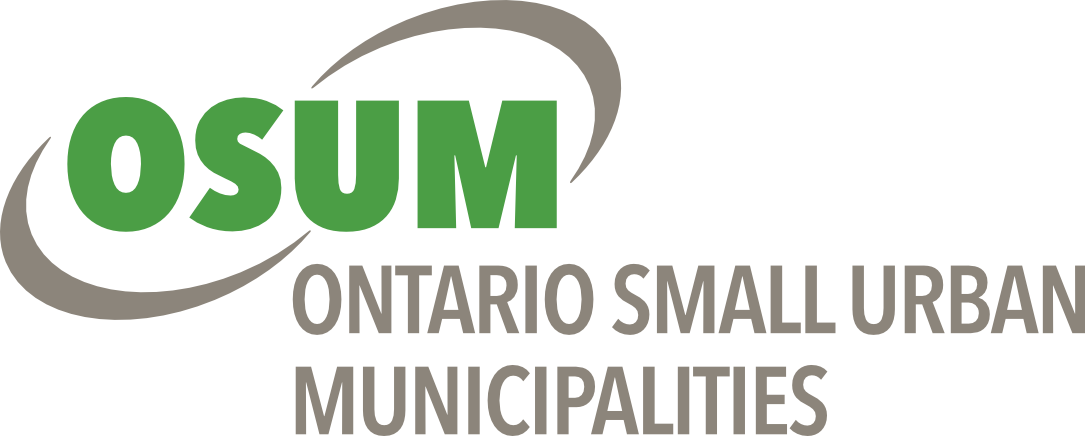Winning the Talent Game for Governments
By Rebecca Christoforidis
Senior Content Marketing Manager, GHD Digital
What would make someone fresh out of school choose a job in government when everyone else is chasing tech, finance, or flashy startups?
Maybe it’s because they’re looking for something more than stock options and rooftop happy hours or maybe they want work with meaning. Not just a way to add to someone else’s bottom line or build their brand, but work that helps their neighbors, improves their community and impacts the places they call home.
That’s where the disconnect starts. Most people, especially those raised on technology, perceive government work as slow-moving, bureaucratic and uninspiring. So even when a new generation of professionals is actively searching for meaningful careers, many will often overlook the public sector entirely. Not because of a lack of opportunities, but because the message of meaning is not getting through.
Public sector employers have a public relations problem that is impacting their recruitment efforts. They’re offering the kind of work today’s talents say they want—jobs with purpose, community impact, and long-term growth, but they are losing out to louder voices with flashier campaigns.
For many municipalities, attracting and retaining great employees is an uphill battle with stiff competition from the private sector, but it’s a battle that can’t be ignored. In the next five years, over one quarter of public service employees are expected to retire. This will have a significant impact on service delivery.
Overcoming Perception
The good news? With the right strategies, local governments can position themselves as attractive, fulfilling places for a young professional to build their career.
Here’s how your municipality can win the talent game:
- Rethink your Recruitment Message
Instead of focusing exclusively on the role and its responsibilities, build your message around the impact of the role. The ways in which it can contribute to making the organization and by extension, the community better. Incorporate real stories about public sector workers who are making a difference, whether it’s by improving community infrastructure, delivering expedited services, or advocating for local green spaces. Basically, more on the “why” of the job and less on the “how”. After all, most people can pick up processes and applications with ease.
- Modernizing your Job Postings
This probably does not need to be said, but younger professionals are not combing the want ads in newspapers looking for their next job. They are on social media…a lot. As a matter of fact, they will often turn to social media to research a company before applying for a job. Typically, they will use LinkedIn, Instagram, and Tik Tok to connect with potential employers, highlight their skills, and discover opportunities, with Gen Z and millennials more inclined towards the latter two. Private sector organizations are turning to these platforms to showcase their mission, values and workplace culture to attract talent. Let’s face it, a lot of municipal job postings read like legalese. To appeal to today’s job seekers Municipalities can leverage their social media channels not just to amplify the job posting but share the story of how the role can be a benefit to the community and provide a sense of fulfillment for someone looking for meaningful work. If possible, share a short video on social media from current employees about why they love working for your municipality.
- Streamline Hiring Process with Applicant Tracking Systems
If you're a municipality looking to improve your hiring process, you're not alone. The good news is there are applicant tracking systems (ATS) out there designed specifically with local governments in mind. For example, Njoyn is a great choice, built in Canada and widely used by public sector organizations. It’s known for being compliant with local regulations and well-suited for municipal needs. There's also Municipal One, which offers a completely paperless process, automatic ranking of applicants, and collaborative review tools that make hiring more efficient and transparent. And if you’re already using tools from CityView, you might not realize they also offer HR modules to help manage recruitment as part of their broader municipal software suite. These systems make it easier to attract qualified candidates, stay compliant, and keep your hiring team aligned every step of the way.
By integrating the ATS with the municipal website, candidates can easily view openings and track their application status, while HR teams can automate time-consuming tasks like screening, interview scheduling, and notifications. Pre-qualification filters help ensure only qualified applicants move forward, and built-in tools for distributing postings to job boards and municipal associations increase visibility. To be truly effective, the system should be mobile-friendly, accessible to all users, and compliant with relevant privacy and accessibility regulations. By focusing on both operational efficiency and a positive candidate experience, municipalities can better attract top talent in today’s competitive market.
- Develop Talent Pipelines and Succession Plans
Another key piece of the recruitment puzzle for municipalities is thinking long term. Specifically, developing talent pipelines and succession plans. With a significant portion of government employees approaching retirement, it's more important than ever to plan ahead so vital services don't skip a beat. But succession planning isn’t just about replacing retirees, it’s about growing your people and building a strong, resilient team from within.
Start by looking outside your organization. Partnering with local high schools, colleges, and youth organizations is a great way to introduce the next generation to the world of public sector work. Internships and co-op placements can offer hands-on experience that sparks interest in public service. It will position your municipality as a forward-thinking employer. Inside your organization, mentorship programs are another powerful tool. Pairing experienced staff with newer employees helps transfer institutional knowledge while building skills and confidence.
It's also smart to identify high-potential employees early and invest in their development. Leadership training, special assignments that offer them a challenge, and career planning conversations show employees they’re valued and that there’s room to grow. This not only builds your in-house talent but also increases employee engagement and loyalty. After all, when people can see a future for themselves inside your organization, they’re much more likely to stick around. Succession planning isn’t just good for continuity, it’s also a strategy for creating a stronger, more committed team.
At the end of the day, hiring and retaining the best talent is more than just providing great pensions. It’s about offering work with both purpose and meaning. It’s about fostering a culture where service to community is elevated above service to self. And it’s about inspiring the aspirational.
Myscha Stafford, a municipal professional with North Glengarry, captures this perfectly:
“Having spent my career thus far only in the public sector, the motivations are around the group or community being served, rather than a private interest. You feel like you are part of something bigger and are providing tangible support or resources to the people you are working with. Especially in the municipal sector, these are your neighbours and fellow community members. It is motivating and rewarding to want to deliver the best possible service to them.”
That sense of purpose—of directly serving the people around you—is something the private sector just can’t replicate. Municipalities need to make that story louder. Because for the right person, that’s not just a job. It’s a calling.





